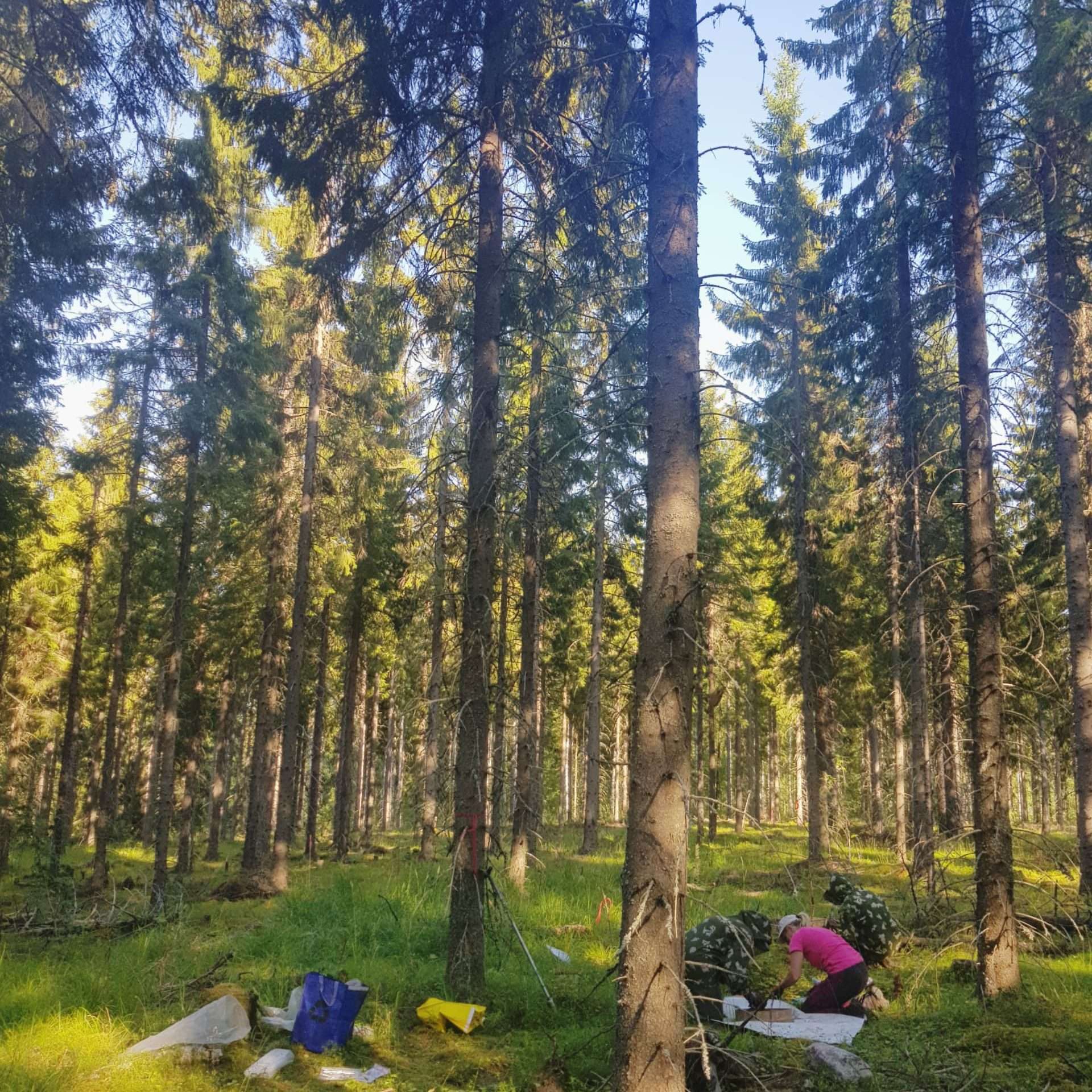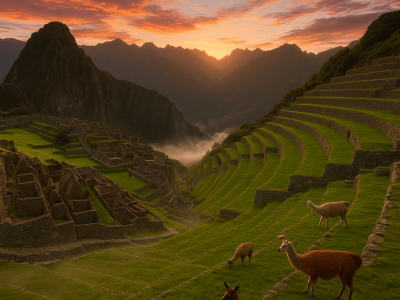For decades, tree-planting campaigns around the world have championed “fast-growing” species as the most effective solution to lock away atmospheric carbon. But a major international study published in Nature has overturned this long-held belief, revealing that the trees widely assumed to grow fastest are, in fact, growing more slowly in real-world forests.
Led by Laurent Augusto and colleagues at INRAE, France, and co-authored by Marie Charru, Bordeaux Sciences Agro, the study titled “Widespread slow growth of acquisitive tree species” draws on data from 1,262 forest plots spanning 160 sites across six continents. The findings challenge a fundamental assumption in forest ecology: that species designed to acquire resources rapidly automatically translate this ability into fast biomass growth.
The myth of the fast grower
The “fast-growth equals climate solution” narrative has long shaped reforestation and carbon-offsetting programmes. Governments, companies, and environmental groups have often favoured acquisitive tree species, plants with thin leaves, high photosynthetic capacity, and rapid nutrient uptake believing they fix carbon more quickly.
These acquisitive trees are biologically wired to take advantage of favourable conditions. In theory, their light, nutrient-rich leaves and efficient roots should fuel fast growth. Yet, Augusto and his international team have shown that this assumption rarely holds true in the field.
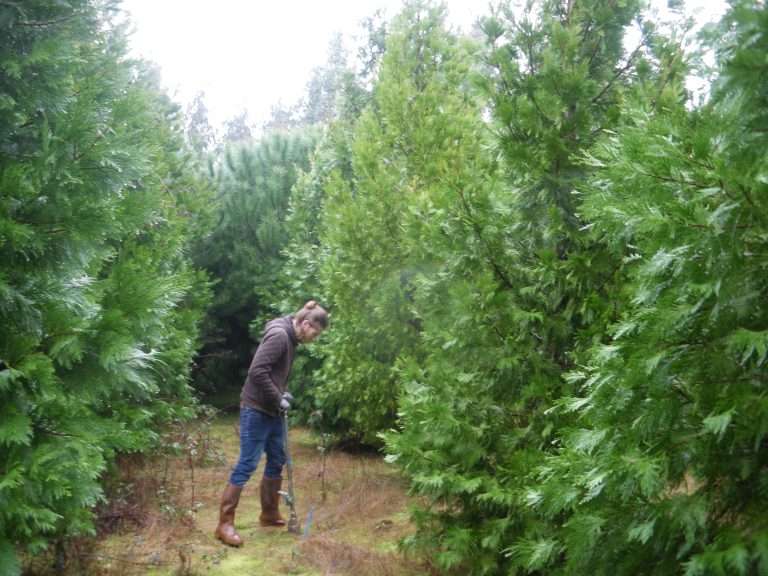
Under natural conditions, trees face a variety of stresses that greenhouse experiments often overlook. When those stresses are considered, the so-called fast growers tend to slow down.
– Marie Charru
Conservative species quietly outperform
The study found that conservative tree species, those that use resources sparingly and tolerate drought, nutrient scarcity, and temperature extremes generally achieve higher realised growth rates in non-tropical regions. These slow-and-steady growers tend to store more carbon over time, especially in harsh or nutrient-poor environments.
Conservative trees invest more in durability than speed. They have thicker leaves, nutrient-poor tissues and longer lifespans, traits that make them resilient under environmental stress. By contrast, acquisitive species thrive only in mild, moist, and fertile settings, which are becoming increasingly rare under global climate change.
In practical terms, this means that reforestation schemes relying solely on acquisitive species could underperform as the climate warms. The findings of Augusto and Charru suggest a fundamental rethink: resilience may be more valuable than raw speed when it comes to long-term carbon storage.
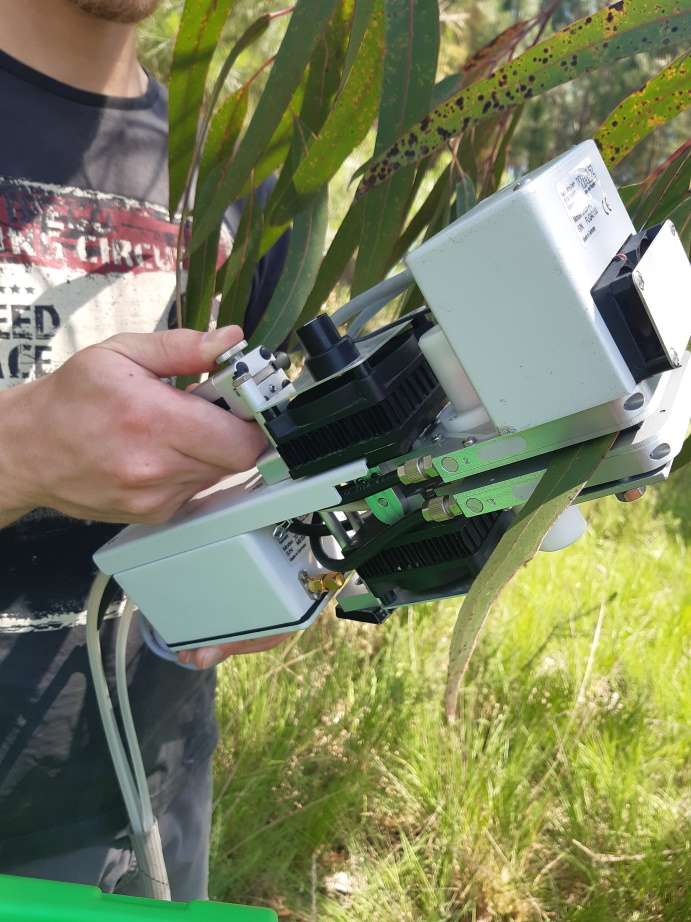
A global collaboration of forests
To uncover this paradox, the researchers merged four major datasets representing forests in all forested continents. The project drew on networks such as the European Atlantic Network (EAN), the TreeDivNet global forest diversity network (TDN), a global database of stand biomass (SBD), and an additional tropical dataset (TED).
These networks included a combined 223 tree species spanning broadleaf and conifer species across multiple biomes. The study compared species that differed in physiological strategies, leaf chemistry, wood density, and photosynthetic capacity, creating a vast and standardised dataset for analysis.
By consolidating over a decade of forest data and standardising measurements of tree height growth and biomass accumulation, the team could directly test whether acquisitive species genuinely grow faster under real conditions. The outcome revealed a striking contradiction between theory and reality.
How the study was conducted
The researchers combined long-term measurements of height growth, stand biomass, and functional traits such as specific leaf area (SLA), specific root length (SRL), and photosynthetic capacity (Amax). Using mixed linear models, random-forest analyses, and correlation tests, they examined how these traits interacted with local environmental factors including soil fertility, temperature, and nitrogen deposition.
Tree growth data were collected from young saplings and mature stands alike. The EAN sites, for instance, contained 32 common gardens stretching from Portugal to Scotland, each with identical planting and management conditions. Growth data were derived from 139,000 individual trees, measured over multiple years.
To ensure consistency, tree species were planted in monospecific plots, each plot containing only one species to remove the confounding effects of interspecies competition. Environmental factors such as soil pH, texture, and climate variables were recorded or sourced from satellite datasets.
The researchers then compared observed growth patterns across sites of varying productivity, from nutrient-rich lowlands to drought-prone uplands. This multiscale approach allowed them to identify how growth–trait relationships shifted along gradients of soil fertility and climate.
What the data revealed
Across non-tropical forests, the results consistently showed that species with traits associated with rapid resource acquisition, such as high SLA, high leaf nitrogen, and elevated photosynthetic capacity actually exhibited slower realised growth. In contrast, conservative species with low photosynthetic capacity and low SLA often maintained steady, robust growth, even under stressful conditions.
A key finding was that the relationship between a tree’s functional traits and its growth rate depended heavily on-site productivity. In rich, fertile environments, acquisitive species performed as expected: fast and efficient. But as conditions became harsher, their growth advantage disappeared or even reversed.
This environmental sensitivity helps explain why greenhouse experiments have long overestimated the performance of acquisitive trees. In controlled settings with abundant light, nutrients, and water, their traits confer rapid growth. Yet in natural forests, where drought, cold, and poor soils are common those same traits become liabilities.
The science behind the paradox
The team’s results also reveal a deeper ecological principle. Plants face a constant trade-off between resource acquisition and resource conservation. Acquisitive trees are “sprinters,” evolving to capitalise quickly on favourable conditions, while conservative trees are “marathoners,” designed to persist through adversity.
Under stress, acquisitive species must divert energy towards survival mechanisms rather than growth. Conservative species, meanwhile, are already equipped to manage scarcity, allowing them to maintain growth even under pressure.
This revised understanding aligns with decades of ecological theory but provides rare, large-scale empirical evidence. It bridges the gap between greenhouse experiments and field ecology, showing that what plants can do in theory is not always what they actually do in nature.
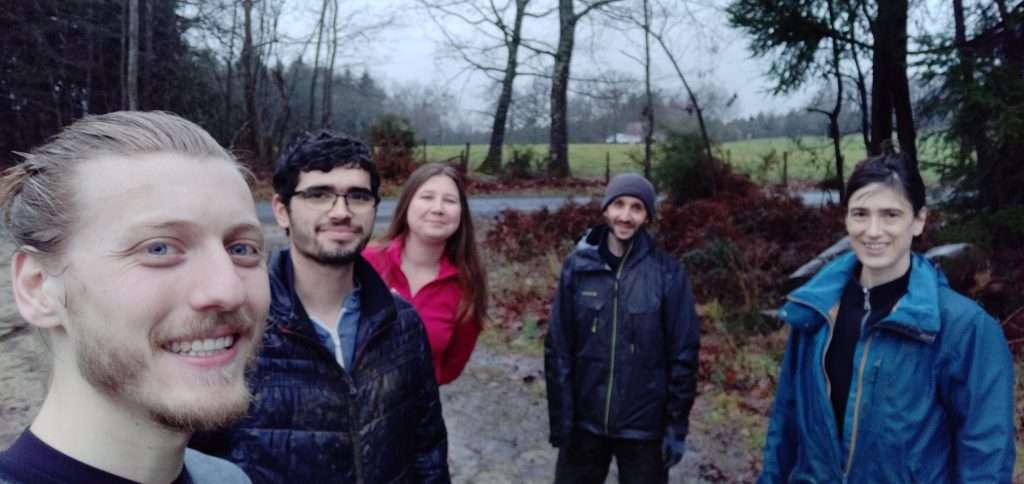
Implications for climate and reforestation
Forests are among the planet’s most powerful carbon sinks, capturing roughly one-third of human-generated carbon dioxide emissions each year. Global reforestation efforts rely on the assumption that planting fast-growing trees will maximise carbon storage. Augusto & Charru’s study helps identifying which species are really fast-growers in the field.
In temperate and boreal regions where environmental stresses like frost, nutrient scarcity, and drought are common, planting acquisitive species could limit rather than accelerate carbon capture. Conservative species, by contrast, may prove more reliable over decades, building long-term biomass and wood carbon stocks.
The implications extend to national climate policies, carbon-credit markets, and restoration projects. Choosing tree species based solely on their theoretical growth rate may produce forests that are more vulnerable to climate stress, pests, or nutrient limitations.
Effective climate mitigation is not only about how fast trees can grow, but how long they live and how resilient they are.
– Laurent Augusto
Beyond carbon: The case for diversity
The researchers also emphasise that forests provide more than just carbon storage. They regulate water, stabilise soils, host biodiversity, buffer local climates, and provide many other services such as recreative activities, human well-being and local amenities. A single-minded pursuit of rapid biomass accumulation risks undermining these broader ecosystem services.
While the findings suggest that conservative species are more dependable for carbon fixation, the authors do not advocate abandoning fast-growing trees altogether. Instead, they recommend a diversified planting strategy that matches species to local conditions, a principle captured by the old forester’s adage, “the right tree in the right place.”
As global initiatives like the UN’s Decade on Ecosystem Restoration promote mass tree planting, Augusto & Charru’s findings serve as a timely caution. In a rapidly changing world, it may be the cautious, conservative species not the aggressive growers, that secure our climate future.
The article is equally contributed by Laurent Augusto and Marie Charru.
Reference
Augusto, L., Borelle, R., … , Charru, M. (2025). Widespread slow growth of acquisitive tree species. Nature, 640, 395–401. https://doi.org/10.1038/s41586-025-08692-x
Coauthor

Marie Charru received her PhD in 2012 from AgroParisTech under the supervision of Mériem Fournier and Jean-Daniel Bontemps. Since 2014 she has been working at Bordeaux Sciences Agro, Institute of agricultural sciences, as an associate professor, focusing on sustainable forest management in the context of global change.

